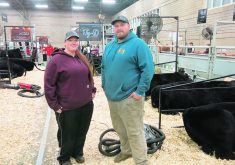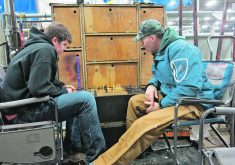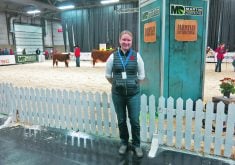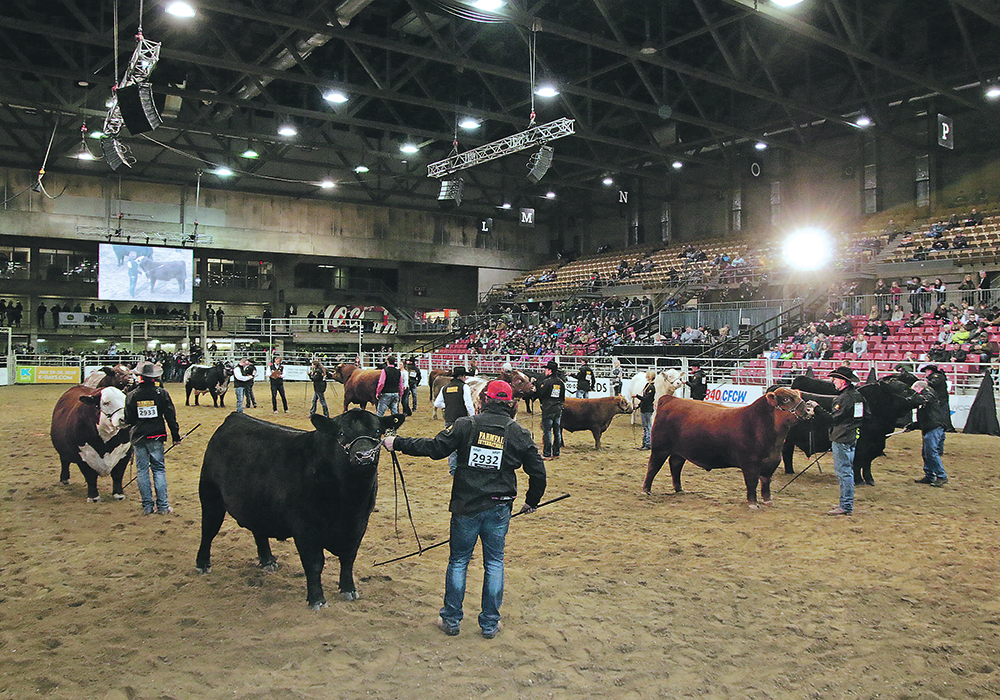The Andruchows looked to replace Herefords as they went out of style, but then the breed became fashionable again
EDMONTON — The Andruchow family has followed the Hereford life for 50 years.
The golden Hereford anniversary for long-time Hereford breeders Art and Marie Andruchow was recognized at Farmfair International, which was held earlier in the month in Edmonton. If Art has his way, there will be more anniversaries to be celebrated.
Now 72, he got into the business as a young man off a mixed farm near Andrew in northeastern Alberta.
His father had homesteaded in the area after the Second World War and had a mixed farm that included milk cows and crossbreds.
Read Also
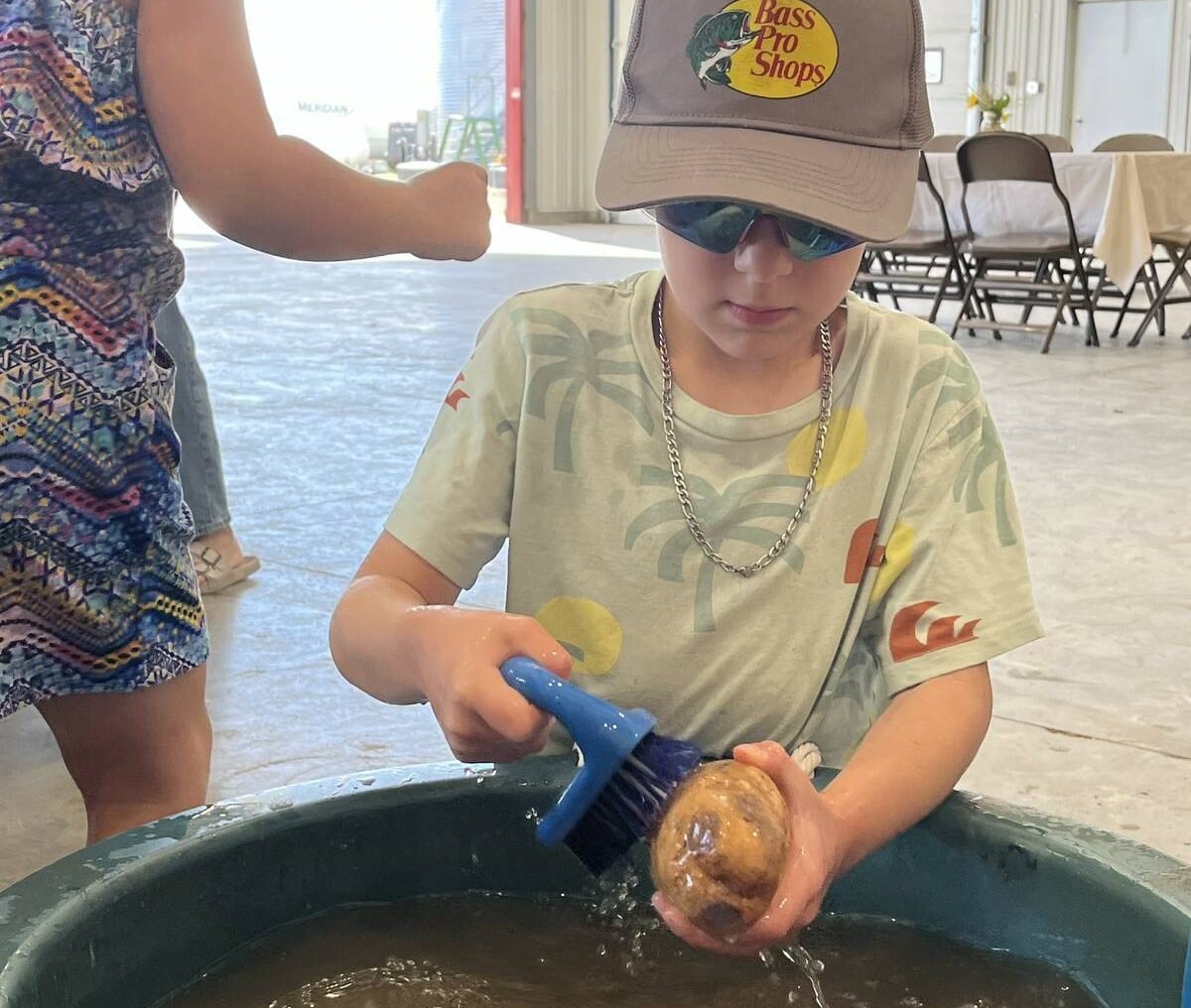
Agri-business and farms front and centre for Alberta’s Open Farm Days
Open Farm Days continues to enjoy success in its 14th year running, as Alberta farms and agri-businesses were showcased to increase awareness on how food gets to the dinner plate.
“I didn’t like his cattle. I was going to start a purebred herd to show him what cattle looked like,” he said from his stall at Farmfair.
“I never owned a crossbred cow in my life.”
He started Limestone Stock Farm in 1969 and along with his wife raised three children — Garth, Jessica and Heidi — who are all active in the breed, attending as many as 10 shows a year.
“Every weekend we were showing. We were busy,” he said.
They added Gelbvieh about 25 years ago as one of the early adopters of the breed. He bought at bull at a fair in St. Paul, Alta., and added females later.
“The Herefords were going out of style so I wanted to get something that was purebred. My intentions were to keep Gelbvieh purebred and cross the Herefords and sell them. Then the Herefords came back so I kept all of them,” he said.
“I looked around for a breed that nobody had. We had Simmental, Charolais and Limousin in our area, and I thought, ‘what are my chances of selling bulls?’ ” he said.
The herd consisted of about 75 cows and the bulls were sold privately. Andruchow is now moving into semi-retirement, and the herd has been downsized to 25 head.
Over the years he watched all the breeds evolve and adopt more scientific principles in selection and breed improvement using expected progeny differences and DNA analysis.
“I made a lot of mistakes in buying animals. You didn’t know what you were getting. You had to wait two years, and now you get it right now,” he said.
“Before you had to do blood tests for DNA. Now you just take a hair sample off the tail and they can tell you anything you want to know.”





